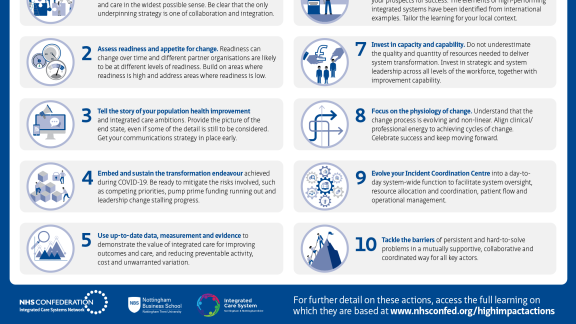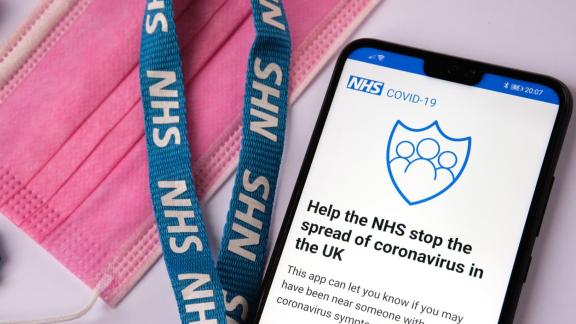Engagement and communications in integrated care systems

As with other areas of health and care, the pandemic has helped to remove divides between communicators working in different organisations. Daniel Reynolds, director of communications at the NHS Confederation, says the pandemic has shown the importance of engagement and communications as key enablers of partnership working, and there is now an opportunity to build on this with every area of the country set to be part of an integrated care system (ICS) in 2021.
COVID-19 has demonstrated the critical importance of integration and partnership working, creating a common purpose that has broken down barriers and enabled organisations across health and care to work together in response to an unprecedented challenge.
During this period, a group of communications leaders,* led by the NHS Confederation, has examined local ICSs that have been successful in communicating and engaging across local communities, staff and the full range of partners that comprise their systems. This follows research we published earlier this year into the pandemic and how it has changed communications practice.
Our new report, Building Common Purpose: Learning on Engagement and Communications in Integrated Care Systems, is clear that engagement and communications play a crucial role in supporting ICSs, and the partners that make them up, to achieve stronger relationships, more open and transparent ways of working, greater trust, more engaged staff and, ultimately, better outcomes for the public.
Within the report we identify five success factors. Many of these are hallmarks of high performing organisations that communicate effectively, but there are specific elements related to partnership working:
Partnership engagement and communications is complex and requires strong leadership at all levels. But the prize is clear: strong engagement and communications can help to build effective partnerships, more open and transparent ways of working, greater trust, and more engaged staff. All of which will help integrated care systems to achieve their aims of more joined up-care and better outcomes for the public.
Daniel Reynolds is director of communications at the NHS Confederation. You can follow him on Twitter @DanielReynolds4



